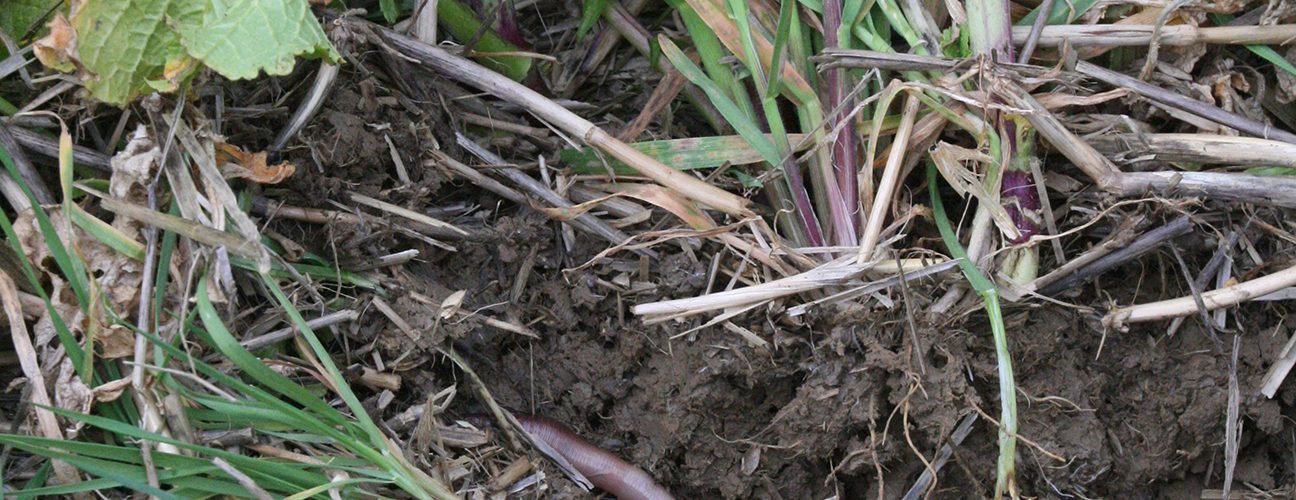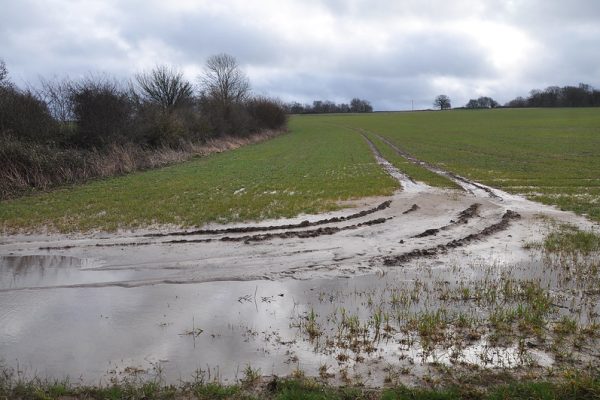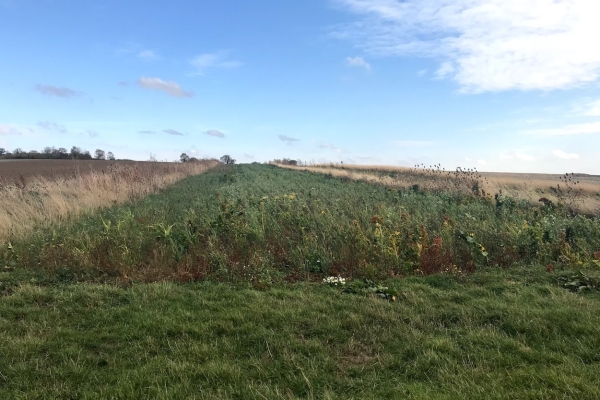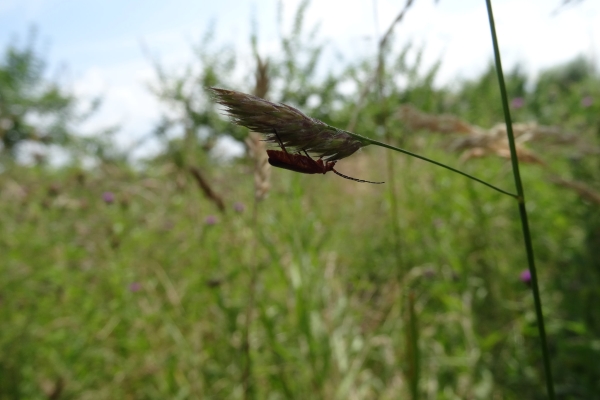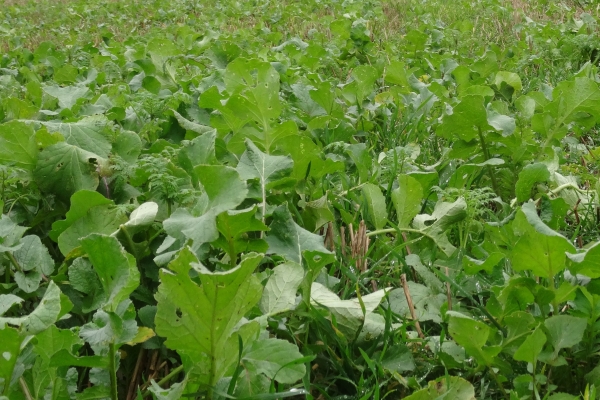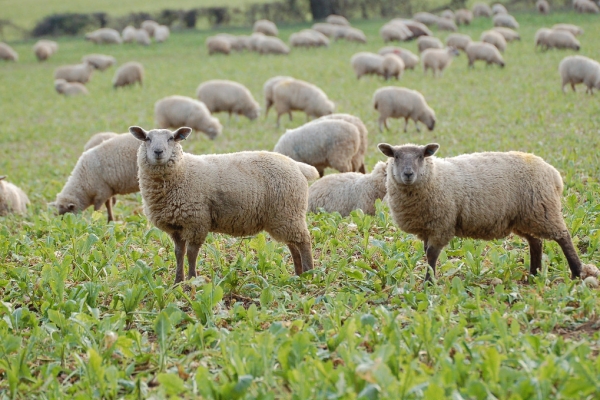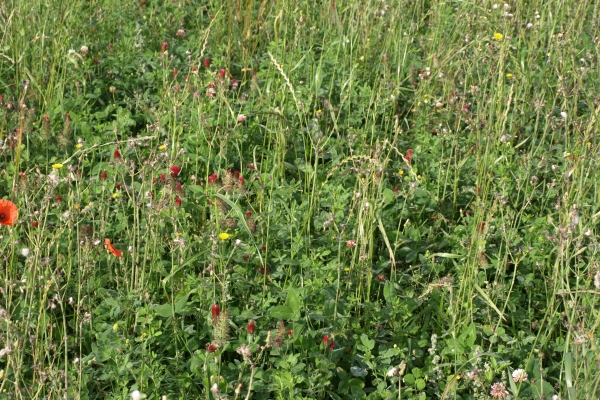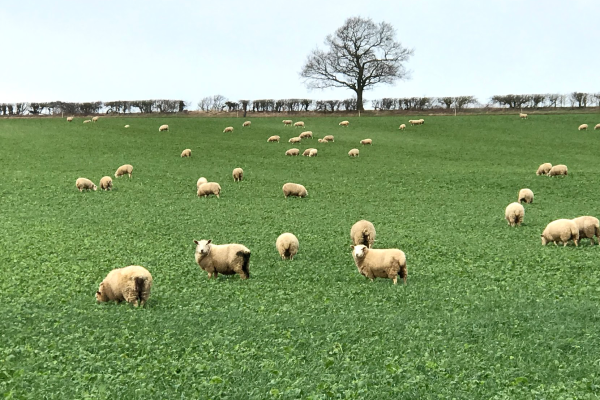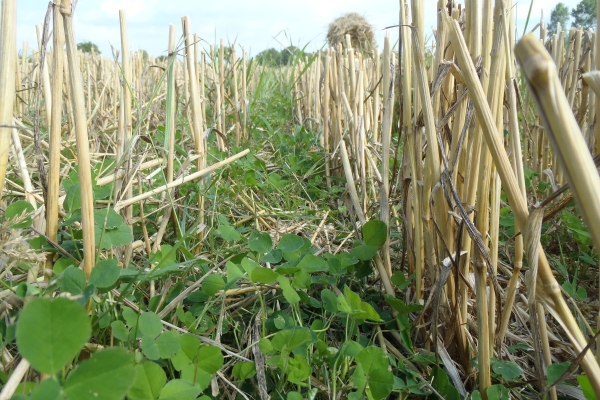Management of clay soils to reduce impacts on water – the evidence base from Allerton Project research
Resource explained
This summary of GWCT research at the Allerton Project focuses on measures that can be taken to avoid the loss of soil, phosphorus, and other nutrients from agricultural land, particularly on clay soils. The briefing suggests steps that can be taken to reduce runoff and impacts on water quality. Good management practices on agricultural land can help to address the increasing concerns about maintaining food production while reducing negative impacts including flood risks by reducing the flow of water from farmland to watercourses and sedimentation of drainage channels. The briefing outlines the various measures that can be adopted at the field edge and within the productive area, grouped under the headings below.
Findings & recommendations
- Reduced cultivations – Development of fungal hyphae in reduced tillage systems can reduce losses of soil and phosphorus in water.
- Minimising compaction – Compacted areas and tramlines are a major pathway for runoff and soil and nutrient losses. Low ground pressure tyres and use of low disturbance subsoilers can be effective.
- Increasing soil organic matter – Direct drilling, application of manure or digestate, cover crops, and grass leys within the arable rotation can increase soil organic matter, at least close to the soil surface.
- Cover crops – They can reduce surface runoff and hold on to nutrients. However, they can be difficult to establish on clay soils and following late harvested crops.
- Grass buffer strips – Placing grass buffer strips next to water courses can reduce runoff and increase sedimentation. Effectiveness is reduced where compaction is due to vehicle traffic. Select deep-rooting species.
- Beetle banks – Placed across sloping fields, beetle banks can accumulate sediment and reduce runoff due to higher infiltration than adjacent arable land.
- Deep-rooting grass leys – Benefits associated with deep-rooting grasses (greater infiltration) are dependent on avoiding compaction from intensive grazing, and/or compaction from harvesting silage.
- Sediment traps – Sediment traps can be ineffective in capturing material on clay soils where particulate matter is held in suspension for long periods.
